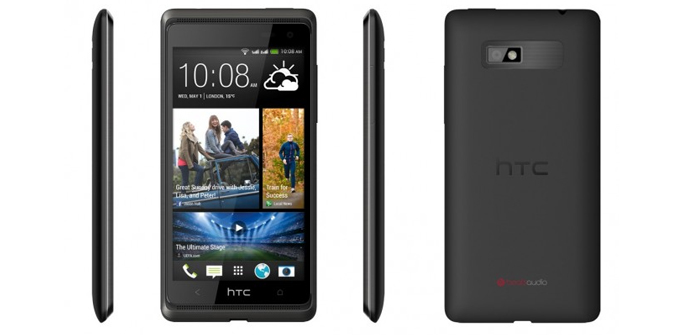
The Taiwanese firm continues to add terminals to one of the lines that has reported the most benefits for the company, the popular Wish, that usually meets the expectations of those looking for a good low-mid range very well. The new terminal is the HTC Desire 600, It rises slightly in the category compared to its predecessors, as it has some very interesting characteristics. We meet the new HTC terminal below.
The company has just officially announced the HTC Desire 600, giving us all the technical specifications of this phone that will arrive in Europe. The new terminal wears a 2-inch Super LCD4,5 display and a resolution of 960 × 540 pixels and a 1860 mAh battery that we believe is enough to power that resolution.
The new terminal will run on a processor that has been loaded in the most unusual way: a 200GHz quad-core Snapdragon 1,2, and it is that although the speed may seem poor, the four cores will compensate the power required to run an Android Jelly Bean more than decently. Everything will be supported by 1GB of RAM and 8GB of internal storage, expandable, of course, via microSD card.
As for the photographic equipment, it will have two rear and front cameras of 8 megapixels and 1,6 megapixels respectively, and it can also record video up to 720p resolution. With regard to connectivity, it will have the common standards of WiFi b / g / n, and Bluetooth 4.0.
We are struck by the inheritances received by the HTC Desire 600 of the Taiwanese flagship, the HTC One: It houses the same two speakers found at the vertical ends of the One, as well as its popular Beats Audio sound system, and the HTC Sense user interface.
According to HTC, the HTC Desire 600 will begin its deployment in Russia, Ukraine and Eastern Europe in June, so it shouldn't take too long to reach the rest of the European region.
I think it is excellent that they include the front speakers, I hope it becomes a default for all future HTC terminals.